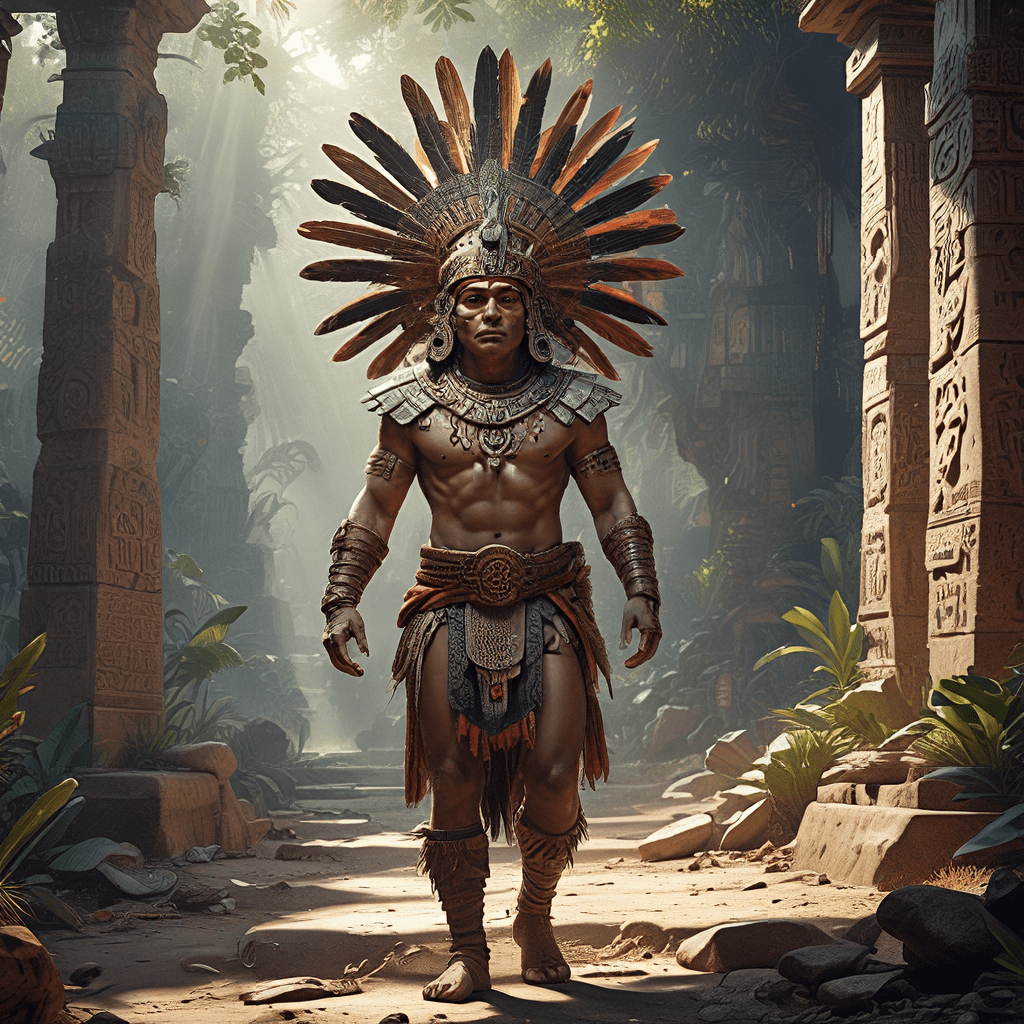The Mythical Dawn: How Different Cultures Celebrate Creation
Introduction to Creation Myths
Creation myths are narratives that societies use to explain how the universe, Earth, and life began. These stories often involve divine beings or supernatural forces and serve to convey important cultural values, beliefs, and identities. The “mythical dawn” represents a symbolic moment of beginnings—a time when the world was formed from chaos into order, reflecting humanity’s quest for understanding and meaning in existence.
The Role of Nature in Creation Stories
In many creation myths, natural elements such as earth, water, fire, and air play crucial roles. These elements are not just physical substances; they symbolize various aspects of life and existence. Here are some examples:
- Earth: Often depicted as the foundation of life, representing stability and nourishment.
- Water: Frequently symbolizes chaos and the potential for life, as seen in many flood myths.
- Fire: Represents transformation and destruction but also creativity and renewal.
- Air: Often associated with breath, life, and the divine.
For example, in the creation myth of the Māori of New Zealand, the earth (Papatuanuku) and sky (Ranginui) were once united, and their separation gave rise to life. Similarly, in ancient Indian texts, the primordial ocean (Kshira Sagara) is the source from which all creation emerges.
Ancient Civilizations and Their Creation Narratives
Various ancient civilizations have passed down their creation myths, each reflecting their unique cultural contexts. Some notable examples include:
- Mesopotamia: The Enuma Elish narrates how the god Marduk created the world from the remains of the defeated chaos monster Tiamat.
- Egypt: The Heliopolitan creation myth describes how Atum, the first god, emerged from the waters of chaos and created the other gods and the world.
- Greece: In Hesiod’s Theogony, chaos gives birth to Gaia (Earth), who in turn produces the sky, mountains, and sea.
These narratives often feature themes of conflict, order versus chaos, and the establishment of divine authority, which reveal the values and beliefs of those cultures.
Indigenous Perspectives on Creation
Indigenous cultures around the world have rich oral traditions that convey their creation stories. These narratives are often deeply connected to the land, animals, and plants, emphasizing a harmonious relationship with nature. For example:
- The Navajo creation story speaks of the emergence of the first people from the underworld, guided by the Holy People.
- In Australia, Aboriginal Dreamtime stories illustrate how ancestral beings shaped the land and its features.
The importance of oral tradition in these cultures cannot be overstated, as it serves both to preserve the myths and to educate younger generations about their heritage and responsibilities to the Earth.
Hindu Cosmology: The Cycle of Creation
In Hinduism, creation is viewed as a cyclical process involving the deities Brahma, Vishnu, and Shiva. Brahma is the creator, Vishnu the preserver, and Shiva the destroyer. This cycle represents the continuous nature of existence, where:
- Creation: Brahma initiates the process of bringing the universe into existence.
- Preservation: Vishnu maintains the order and balance of the universe.
- Destruction: Shiva’s role is to destroy and renew, allowing for new creation.
This cyclical view emphasizes that creation and destruction are interconnected, reflecting a deep philosophical understanding of the universe in Hindu thought.
Abrahamic Traditions: Genesis and Beyond
The Abrahamic faiths—Judaism, Christianity, and Islam—share a common creation narrative, primarily found in the Book of Genesis. Key aspects include:
- Judaism: God creates the world in six days and rests on the seventh, establishing a pattern of work and rest.
- Christianity: Builds upon the Jewish narrative, emphasizing the idea of creation through the Word (Logos) and the inherent goodness of creation.
- Islam: The Qur’an presents creation as an act of divine will, with Allah as the sole creator of the heavens and the earth.
While these narratives share similarities, they also highlight distinct theological implications that shape the beliefs and practices of their followers.
Eastern Philosophies and Creation Thought
In Eastern thought, creation narratives often emphasize philosophical concepts rather than a linear progression of events. In Buddhism, for instance, the focus is not on a singular act of creation but rather on the cyclical nature of existence and the interconnectedness of all things. Taoism, on the other hand, introduces the concept of the Tao as the fundamental principle that brings order to the universe, suggesting a spontaneous and harmonious unfolding of existence.
Modern Interpretations and Adaptations
Contemporary literature, art, and media often reinterpret traditional creation myths, reflecting modern values and concerns. Globalization has led to a blending of these narratives, resulting in:
- New literary works that reimagine creation stories in contemporary contexts.
- Films and visual arts that explore themes of creation and existence through innovative storytelling.
- Global celebrations and discussions that honor diverse cultural perspectives on creation.
This evolution of creation myths shows their enduring relevance and adaptability in a rapidly changing world.
Celebratory Practices Around the World
Many cultures have festivals and rituals that celebrate creation, reflecting their beliefs and values. Some examples include:
- Diwali: The Hindu festival of lights celebrates the victory of light over darkness and good over evil, symbolizing renewal and creation.
- Earth Day: A modern celebration that emphasizes environmental stewardship and the interconnectedness of all life.
These celebrations foster community, shared beliefs, and a collective appreciation for the creation of the world.
Conclusion: The Universal Quest for Understanding Creation
Creation myths from diverse cultures illustrate both unique perspectives and shared themes, such as the struggle between chaos and order, the reverence for nature, and the importance of community. While the details may differ, the underlying quest for understanding creation remains a fundamental aspect of human existence. These myths continue to shape our identities and influence our understanding of the universe, reminding us of our shared heritage and the mysteries that connect us all.
